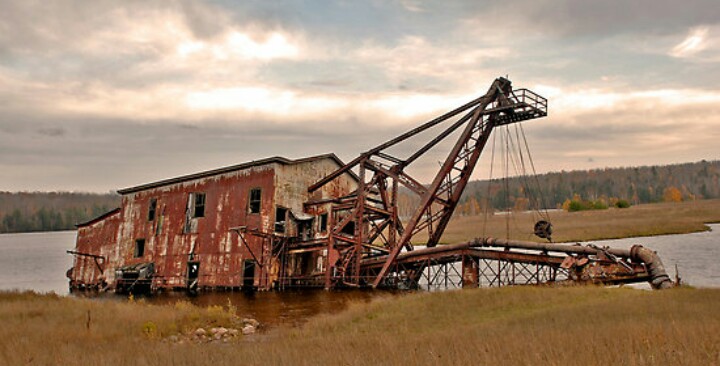

The dredge was operated by the Quincy Mining Co. Because of this, in 1947 the Calumet and Hecla Mining Company built a suction dredge capable of vacuuming stamp sand off the lake bottom to a depth of 110 ft. After WWII it was found that the stamp sand still contained a great deal of copper which could be extracted at a profit by regrinding it. Portions of Torch Lake by Lake Linden and Hubbell were almost completely filled in. Subsequently, large fields of stamp sand now line the Keweenaw Waterway and Lake Superior.

The broken poor rock was ground into “stamp sand” and simply dumped into the lake. The mined rock was smashed by large stamp heads and the brittle non metallic rock broke off leaving the metallic copper. 164/365 – Dredge, photo by dcclark (catching up again!).īrenden Balliod’s Great Lakes Shipwreck Research (a fantastic resource for divers & historians) has this to say about the Quincy Dredges #1 & #2:įor almost 100 years, the copper mines of the Keweenaw extracted copper from mined rock with the use of stamp mills.


 0 kommentar(er)
0 kommentar(er)
